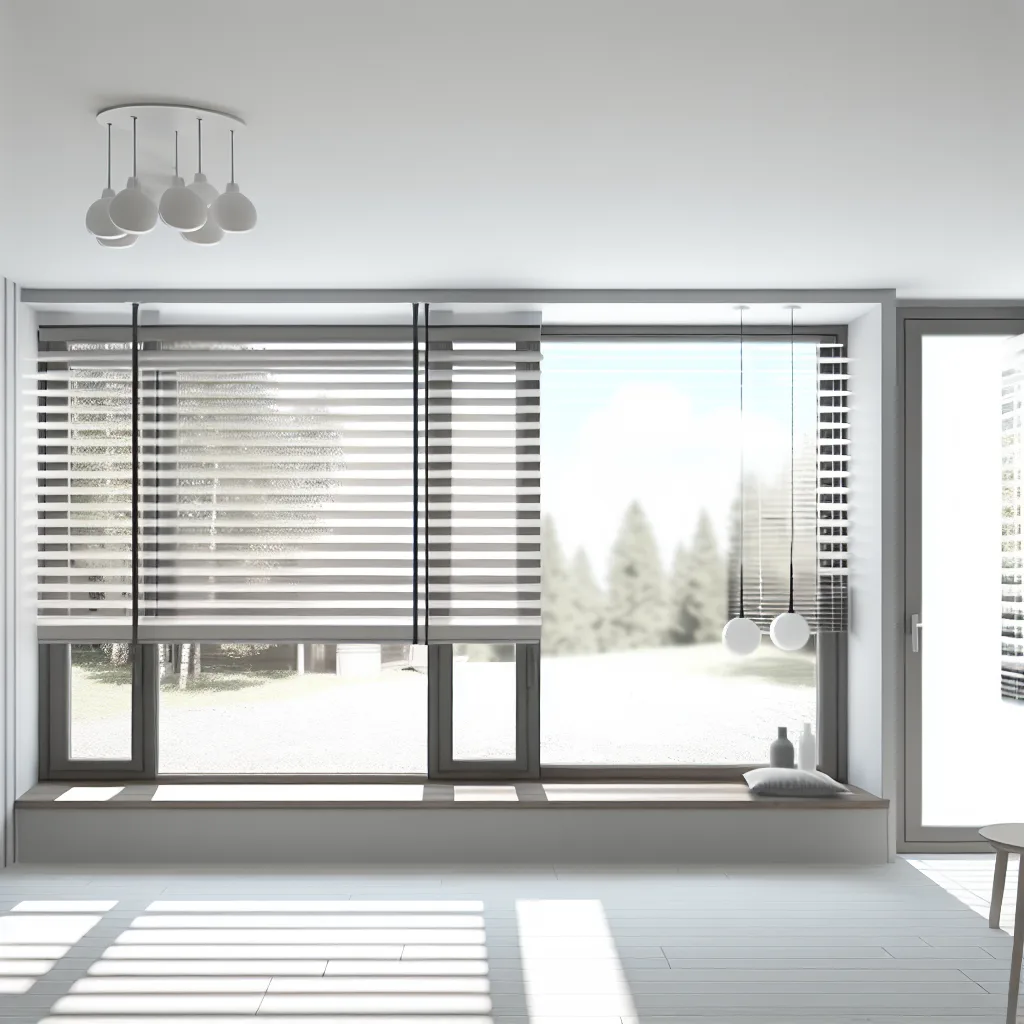Smart solutions for stylish, space-saving window coverings on European tilt and turn windows
Automated blinds can really up your home’s comfort and style, but if you’ve got European-style inward tilt and turn windows, fitting them can be a bit of a puzzle. These windows pivot inside, which makes traditional blind options tricky — especially if you want to avoid bulky curtains or blinds that block the window’s function.
Tilt and turn windows open inwardly and can tilt at the top or swing fully open. This clever design means you can air out a room while maintaining security, but it also means any blinds need to play nicely with the way these windows move. Automated blinds, in particular, need to be chosen or customized carefully.
Why Automated Blinds for Tilt and Turn Windows Are Challenging
Most automated blinds are designed for flat window panels that don’t move inward. When you try to mount a roller blind or similar inside the frame of tilt and turn windows, the blind often gets in the way of the window opening inward, causing friction or damage.
Using curtains might seem easier, but if you prefer a sleek, minimalist look, they might not be your style. Plus, curtains can’t easily be automated, which is why many look for a specialized solution.
Possible Solutions for Automated Blinds on Tilt and Turn Windows
- External Mounting: One straightforward approach is to mount the automated blinds outside the window frame, either directly above the window or on the wall. This keeps the window fully functional and gives you space to install the motorized system. It might mean a bit more wall space is used, but it’s often the simplest way.
- Side-Mounted Blinds: Some companies make blinds that are mounted along the sides of the window frame instead of the top. This setup can accommodate the inward opening, but it requires precision and possibly customized installations.
-
Customized Track Systems: There are motorized curtain tracks and blinds designed to move alongside the window’s tilt and turn action. These tend to be custom jobs, using sensors or programmable stops to ensure the blind moves out of the window’s way when it opens.
-
Smart Blinds Designed for Tilt Windows: A few manufacturers offer smart blinds specifically for tilt and turn windows. These blinds have clever mounting systems and sometimes use flexible materials that don’t interfere with window movement.
Things to Keep in Mind
-
Measure Twice, Order Once: As with any custom window covering, precise measurements help avoid fitting headaches.
-
Consult Professionals: If you’re not handy, talk to window or automation specialists who understand tilt and turn windows.
-
Consider Sensor Integration: Automated blinds with sensors can avoid damage by detecting when the window is opening or closing.
Where to Find More Information
For automated blind options and ideas, check out manufacturers like Somfy who specialize in motorized window treatments. The Tilt & Turn Windows Specialist Association has resources on compatible accessories. You might also explore smart home hubs that work with automations, like Home Assistant that can integrate blinds and window sensors.
In Summary
Automated blinds for tilt and turn windows are a trickier project than usual, but with some creativity and the right products, they’re totally doable. The key is understanding how your windows open and picking mounting methods that don’t interfere with that operation. Many people opt for external mounts or advanced motorized track systems tailored for these window styles. And sometimes, a little customization is the best way to get the look and function you want.
So if you’ve got tilt and turn windows and want automated blinds, know there are options. It might take a little research and talking to specialists, but you can have your modern, smart blinds without sacrificing your window’s unique style and function.
Hope this helps you or anyone tackling those inward-opening windows!
